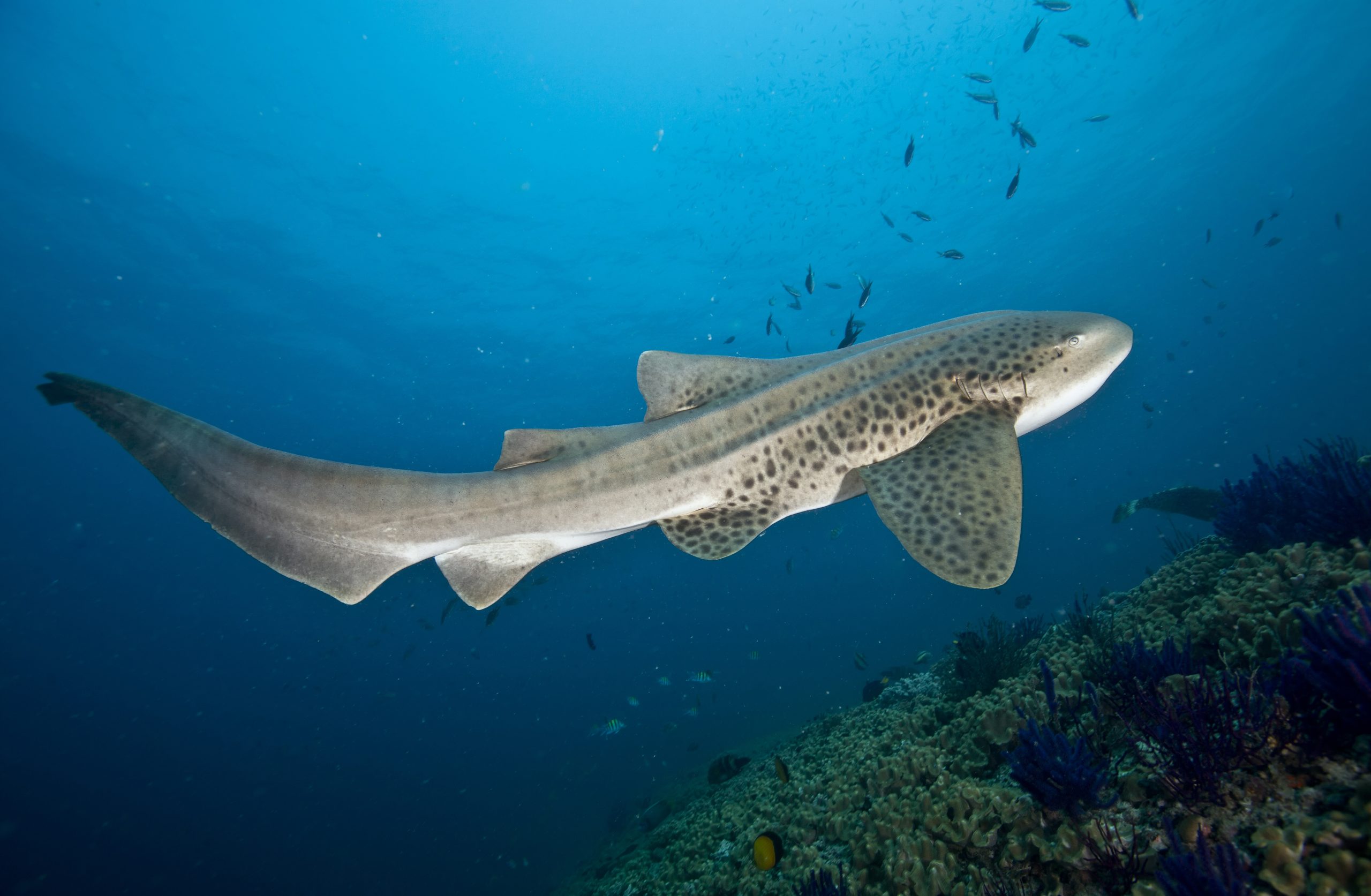We kill 100 million sharks yearly. By 2050 we will have filled the sea with more plastics than fish.
― Sy Montgomery, Tamed and Untamed: Close Encounters of the Animal Kind
I cant remember when I first fell in love with sharks. My feelings for these creatures have been a part of me forever it seems. As a young kid, not even old enough to dive, I couldn’t wait to swim with those amazing giant fish. I felt an overwhelming need to get to know these creatures.
As it was, when I was 14 my dad took me on my first diving with sharks experience. It was in Fiji and it was awesome. Diving with the Bull Sharks was an incredible experience and it solidified my love and my growing desire to help these magnificent beasts. As it turned out, my dad introduced me at the age of 14 to the experience I dreamed of.
Over the next few years, I gained a deep appreciation of the extraordinary intelligence and capability that these creatures possess. And a few more years again, to understand exactly how important their role is in the ecosystem of our oceans.
Whilst diving in South African waters near Cape Town I came to understand that these amazing animals don’t hunt humans and never have. They occasionally, very occasionally, confuse us for food, and due to their extraordinary power, can cause significant harm. But those situations are minimal.
While in South Africa I came across The Shark Project which was fascinating to me at the time. It was the story of the spectacular great white called Nicole (which happens to be my mum’s name).
In 2003 a great white that had been observed off the South African coast since 1999 was tagged. She had been seen every year since 1999 but only between the months of July to December. So what did she do in the other months?
They tracked this beautiful female and what they found was truly remarkable. Some of the project notes are here:
7th November, 2003, a 3.8m female Great White shark was tagged with a PAT (pop-up archival transmitting) satellite tag near Dyer Island, Gansbaai, South Africa.
28th February, 2004, the day the PAT tag was programmed to release and send its location and data to a satellite, the shark was 2km off Exmouth, North-West Australia!! On top of this, the extraordinary transoceanic journey of nearly 11,000km had been accomplished in just 99 days!
20th August, 2004, just under 9 months after the day Nicole left she was sighted back in Gansbaai! How did the scientist know it was her you might be wondering? Well long story short, photographic identification of a great white shark’s 1st Dorsal fin (the famous one seen slicing through the water in movies such as Jaws!) can be used like a finger-print as each individual has a unique dorsal fin.
What I learned in South Africa about the great whites and in all the following experiences I had diving with all of the different species of sharks is that sharks are social and curious animals. They have even been proven to remember and identify people and boats. There are also countless examples of sharks exhibiting problem-solving skills that would indicate that sharks most certainly do have intelligence.
So it breaks my heart when I hear of the slaughter of these incredible animals.
While scientists suggest it is difficult to know exactly how many sharks are killed annually by humans, a study published last year in the journal, Marine Policy, attempted to calculate the exploitation rates of sharks in order to assess this dire situation. Using data on shark catches, discards and mortality rates worldwide, the researchers estimated that approximately 100 million sharks are killed per year by humans. However, they add that this is a conservative estimate, and the true number could be as high as 273 million sharks killed annually by humans.
At today’s date, many species of shark are endangered. And some of these are critically endangered including the docile, inquisitive Grey Nurse sharks that live on our doorstep. I grew up diving with these magnificent creatures, from the top to the bottom of the East Coast of Australia, and I have loved every experience. It is unimaginable that one day they may not exist, may not ‘be there’, may not ever provide others with the joys I know can be had alongside them. The East Coast of Australia is their home. Somehow we need to help.
So my small contribution has been to start our own Gold Coast Dive Adventures shark awareness program, and every week in winter, several times a week, we take our divers to meet these gorgeous sharks. Together with my business partner Seb who is also a highly experienced diver with substantial shark knowledge and experience, we share our knowledge of these creatures with our clients. We take our clients to meet them, by far the best way to ‘believe’ via their own experiences – and so far, every experience has been incredible. I am not sure what else I can do, but I will never stop exploring new ways. What I am trying to achieve, what all of us at Gold Coast Dive Adventures are trying to achieve, is to show you the truth. We want you to experience how amazing these creatures are. And not just the Grey Nurses. All of the beautiful sharks that we dive with every day through every season. The chilled-out Wobbegong to the beautiful nocturnal Leopard Shark. Perhaps I can provide a pathway for others to experience what I have, to enable people, firsthand, to experience the grace of these creatures and fall in love with them as all of us at GCDA have.
After all, what we love we will protect!







